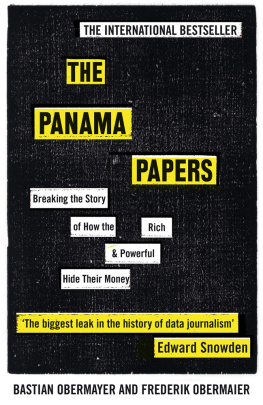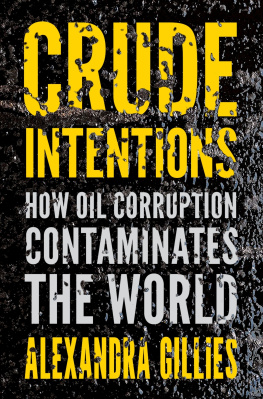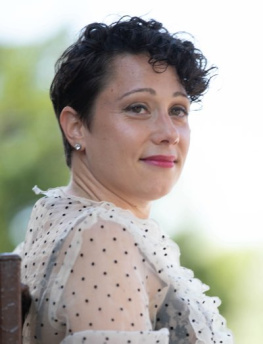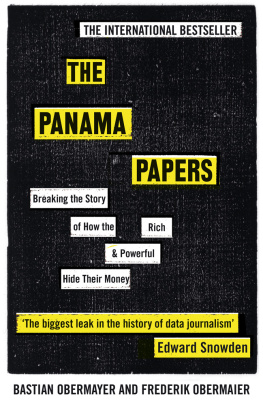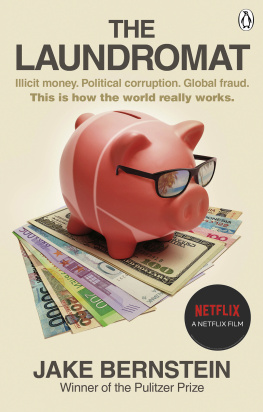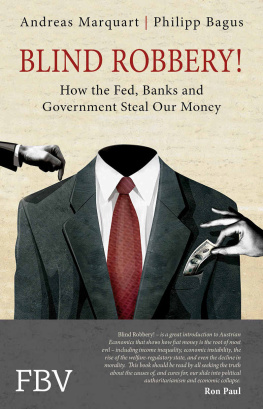Acknowledgements
First and foremost we would like to thank our source, the person who leaked to us the 2.6 terabytes of internal data that formed the basis for this research. He/she took a very big risk in passing on the material it was his/her courage that made the worlds largest cross-border journalistic collaboration to date possible. Without the source we would not have discovered how Icelands elite deceived an entire nation, how Vladimir Putins circle of friends are evidently shunting millions from one place to another and how gunrunners, drug dealers, mafiosi and secret services disguise their flows of money all of it clearly with the help of Mossack Fonseca.
Our thanks also to the publishing house Kiepenheuer & Witsch for publishing this legally risky book. Thank you for having faith in us! And thank you to Kiepenheuer & Witsch for providing us with the services of the excellent lawyer Sven Krger for this project. We are well aware that this is not something to be taken for granted. Of course we owe an even bigger debt of gratitude to Martin Breitfeld, for the many telephone calls, helpful comments and words of encouragement but above all for his speedy copy-editing. This book was finished literally at the last minute. Without his patience and calm, especially towards the end, this would never have worked out.
Our thanks also to the Sddeutsche Zeitung . Without its fantastic editorial team this book could never have been written. We would like to take this opportunity to thank, in particular: Wolfgang Krach and Kurt Kister, who assisted from the outset and throughout the months of research; Hans Leyendecker, who encouraged us at every stage; Vanessa Wormer, who tamed the data; Mauritius Much, who battled his way through hundreds of pages of contracts; as well as Klaus Ott, Bastian Brinkmann, Christoph Giesen, Gianna Niewel, Katrin Langhans, Elena Adam, Hannes Munzinger and not least our colleagues in the text archive, who, over the months, dealt patiently with our requests, some of them very complicated.
We would also especially like to thank our ICIJ colleagues, the data specialists Mar Cabra, Matthew Caruana Galizia and Rigoberto Carvajal, as well as Gerard Ryle and Marina Walker for their judicious coordination: they kept their cool, even when the publication date was changed at relatively short notice.
Our thanks go to the 400 or so journalists from more than eighty countries, without whom this investigation would not have been the same. We would particularly like to mention Oliver Zihlmann, Titus Plattner and Catherine Boss for their research in Switzerland, Roman Anin and Roman Shleynov, who put their lives on the line in the course of their investigations in Russia may they always have a guardian angel watching over them. We are grateful to Jhannes Kr. Kristjnsson for the many conversations that gave us a whole new perspective on Iceland. Our thanks go also to Jake Bernstein for his assistance with the Modigliani research. We would also like to thank Vlad Lavrov for his help on Ukraine we are well aware that this research was a tricky balancing act for him, since the owner of Kyiv Post , in other words the owner of the newspaper Vlad works for, also shows up in the Panama Papers. Massive thanks also to Monica Almeida, who worked on the UEFA story in Ecuador and managed to make the breakthrough. This book is also the result of a big collaboration with Norddeutscher Rundfunk and Westdeutscher Rundfunk, which analysed the Panama Papers in conjunction with the Sddeutsche Zeitung . Without the fantastic joint effort by the editorial teams it would have been hard to bring this project to fruition in the way we have done.
This book incorporates a lot of research done by our colleagues. Specifically we would like to thank Julia Stein, without whose organizational skills this project would have struggled, Jan Strozyk, whose good instincts helped us make headway on many stories, especially the Siemens case, and not least Petra Blum, who spent months digging out details of the Roldugin network and its dealings. Thanks also to John Goetz, Toni Kempmann and Reiko Pinkert, who spent weeks analysing documents.
[ ]
We are grateful to our families for their patience and infinite understanding. We have asked a lot of them in the last few months we know that.
Start
The Russian presidents best friend. Businessmen close to the Argentinian president and her late husband and predecessor as head of state. A mysterious German with $500 million? There are worse starting points for an investigation.
Within days of our first contact, it is clear from a discussion with my head of department Hans Leyendecker that this topic will be handled by the same team that has already led a number of similar investigations, meaning the two of us: the Brothers Obermay/ier as some of our colleagues have called us ever since our editor-in-chief Kurt Kister coined the phrase at a conference.
Otherwise, we try to keep the circle of those in the know as tight as possible for now. Who knows if the files are genuine, if theyre verifiable and whether theyll ever produce a good story?
Our plan is to analyse the data closely and then consider how and when we publish our findings. So we read up on Putins business interests (by this time weve seen his best friends name linked to three offshore companies), gather material about the NML hedge funds lawsuits against Argentina and carry out research into our mysterious ex-Siemens executive and the $500 million in gold. The only problem is that we keep getting distracted by new firms and possible new stories. Thats because the material has been growing constantly since the night of my first contact with John Doe, and we repeatedly find new names worth investigating: South American government ministers, German aristocrats, US bankers. Very soon we have over 50 gigabytes of data and several thousand digital folders stored on various USB sticks. Each folder bears a number associated with a particular offshore company. These folders obviously contain files that Mossack Fonseca drew up for the respective firm: certificates, passport copies, lists of shareholders and trustees, invoices, emails. A clear, practical system for them, and for us.
There are thousands of shell companies. Thousands of people who obviously have a compelling reason for camouflaging their business dealings. Thousands of potential articles. The unique selling point of offshore companies is that they provide anonymity. A nondescript name is presented to the outside world and no one knows who is really behind it.
There are of course many reasons for using an offshore company and of course owning one is not in itself a criminal offence. But the fact is that people often have recourse to an anonymous offshore company because they want to hide something from the taxman, their ex-wife, their former business partner or the prying eyes of the public. That something might be property, bank accounts, paintings, investments, shares or other kinds of securities.
Experience shows that it is usually individuals whose business depends on anonymity who favour the anonymity that shell companies provide. These include gunrunners, people traffickers, drug smugglers and other criminals, as well as investors who do not wish to reveal their true identities and their true intentions, senior politicians whod like to spirit their wealth abroad (perhaps because they have accumulated it dishonestly) and companies looking to funnel bribes. The list could go on and on.
We are now sitting studying secret data that could potentially bring hundreds of these cases to light, sifting through computer folders no journalist has ever had access to before. We could easily spend weeks floating around in it, not only because were always looking for the next big story to break, but also because theres no such thing as a trivial detail: with every company we examine and every email conversation we read, we learn more about how the Mossack Fonseca law firm operates. There is an incredibly strong temptation to drill down into these secret dealings and thus into the entire mechanism, from the initiation of business to the opening of the account and on to its closure. Its almost an addiction, and if we didnt both have families we would probably spend every evening on our laptops, clicking and clicking away. Yet even while keeping halfway regular working hours, it takes us only a few weeks to grasp the basic business model.
Next page
